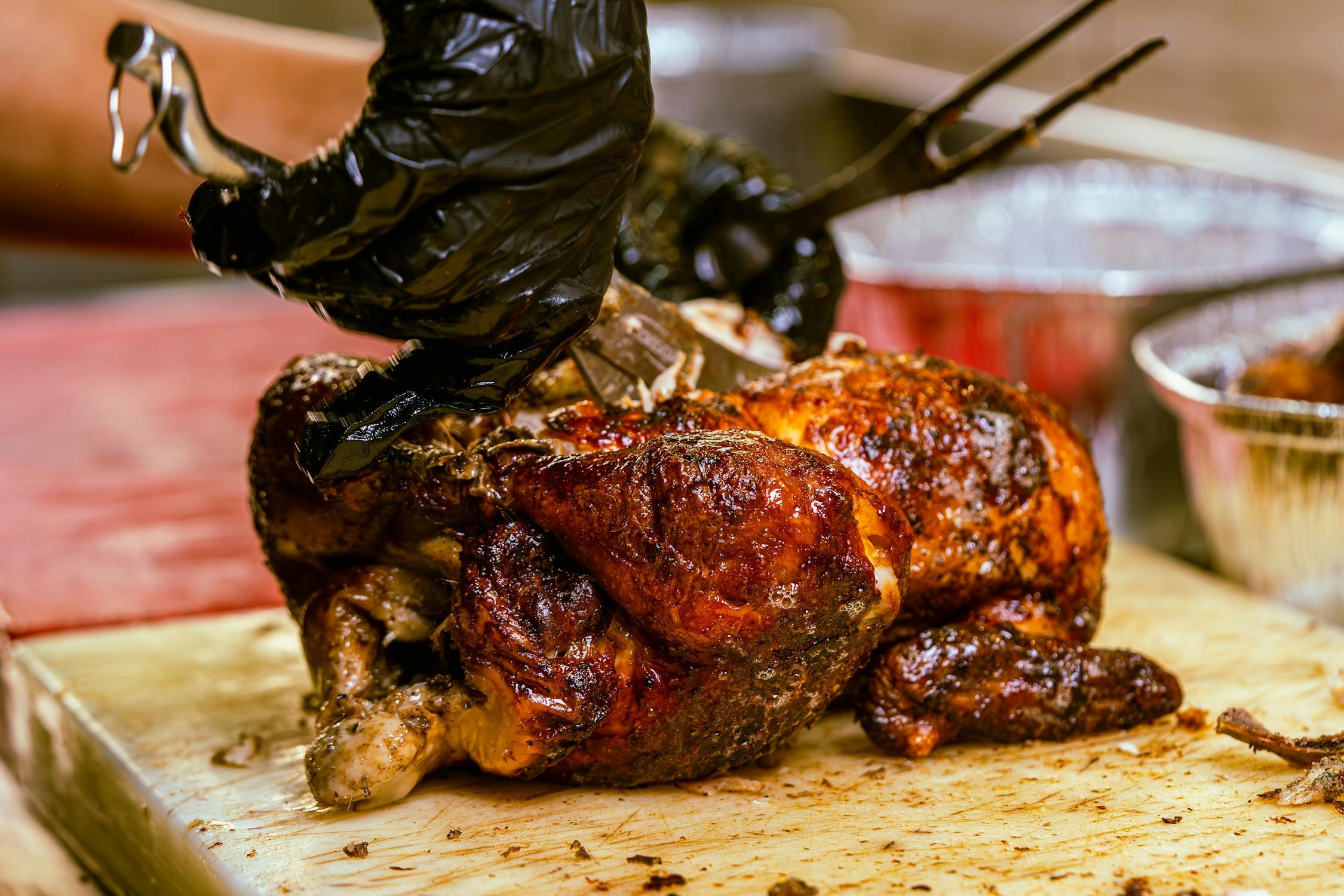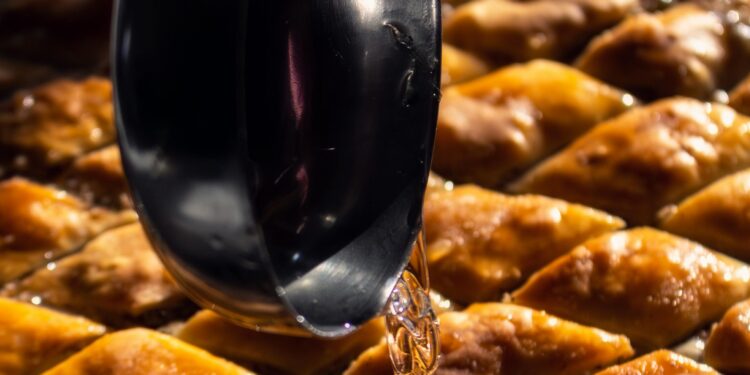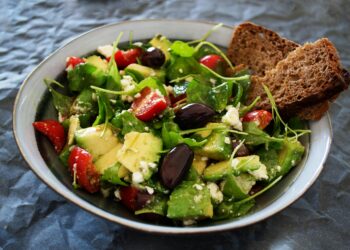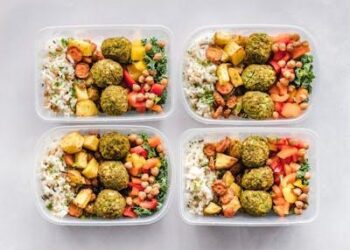Have you ever had or seen a dish, especially grilled chicken and fish with a shiny golden-brown glaze? If you’ve seen or had a dish like that, you’d agree with me that its glossy finish is eye-catching, and it smells and tastes equally delicious. Such a meal is one that has been honey-glazed. Honey glaze is a sweet, shiny coating made with honey, spices, and acid (lemon or vinegar).
This combination gives you an idea of what a honey-glazed dish would taste like. The combination may seem easy to make, but many people still struggle to get the perfect honey glaze at home. If you clicked on this article, my guess is that you’ve probably wondered how to get that same glossy restaurant finish when you cook. Well, let’s waste no time. In this article, we’ll walk you through how it’s done.

The Science Behind Honey Glazes
A honey glaze might seem simple, but there’s actually some science behind how it works. Honey contains sugar, which helps to create that smooth and shiny texture. While the water in the honey keeps it from being too thick. When you heat the glaze, the water evaporates and the sugar caramelizes, which causes the glaze to be golden.
Honey is typically thick. Trying to spread it across bread, chicken or any other food item can be such a hassle. So when honey is heated up, it becomes thinner and easier to spread. But if it gets too hot, it can burn or harden. That’s why making a honey glaze requires you to find the right temperature to get that perfect glaze. Now, the added acid like lemon juice or vinegar helps balance out the sweetness of the honey, which makes it less sugary and gives it a more complex flavor when the food is being chewed.
But one thing you should know is that not all honey tastes the same. There are different types of honey like clover or orange blossom, and each of them has their own flavor, which can affect how your glaze tastes. When picking between honey, look out for the light and dark honey. The dark honey has a stronger taste while the light honey has a milder and sweeter taste. For glazing, you want to go for the light honey because it gives you a smoother, sweeter glaze without being too overpowering.
Essential Ingredients and Tools
Core Ingredients
- Honey
- Butter or oil
- Acid (lemon juice, vinegar, etc.)
- Spices and flavorings (which are optional)
Essential Tools
- Basting brush
- Small saucepan or microwave-safe bowl
Procedure
Preparing the base: First things first, you need to make sure your food is cooked to the right level before you start glazing. You can honey glaze anything, ranging from chicken, vegetables, or even fruits. However, your food should be dry before you glaze it, because if there is too much moisture on the surface, the glaze won’t stick. You can just pat the food down with a paper towel to make sure it dries enough.
Creating the honey glaze: Start by heating a little butter in a pan. If you don’t have butter, you can use any oil of your choice, and heat in the pan over medium heat. This is the base of your glaze, which will give it a smooth texture and even richer flavor. Once the butter or oil is melted, pour in your honey. Then add a bit of acid, which could either be lemon juice or vinegar.
As mentioned before, the acid helps to cut the sweetness of the honey so it doesn’t become too sugary. Stir everything together and let it heat up until everything is smoothly combined. You can add extra flavors like cinnamon, garlic, chili flakes, or thyme for a better taste. Personally, I prefer this particular step because it makes your honey glaze unique and adds a special twist to it.
Applying the glaze: Once your glaze is ready, it is time to apply it to your food. Use a brush or a spoon to spread the glaze over the surface of your food, making sure that every part of the food surface is evenly coated. However, you don’t want to glaze your food too early into the cooking process. If you do, the glaze can burn. Instead, brush the glaze on about 10 to 15 minutes before the food is finished cooking. That way, it has time to set and caramelize without burning.
Conclusion
Although it may seem easy, it actually takes some experience to get the ideal honey-glazed look on your meal, like the glossy golden finish on grilled chicken or fish. The key is to use the right amount of heat, honey, and an acidic solution, such as vinegar or lemon. When done correctly, it gives your food a tasty, glossy coating that improves its appearance and flavor.

















